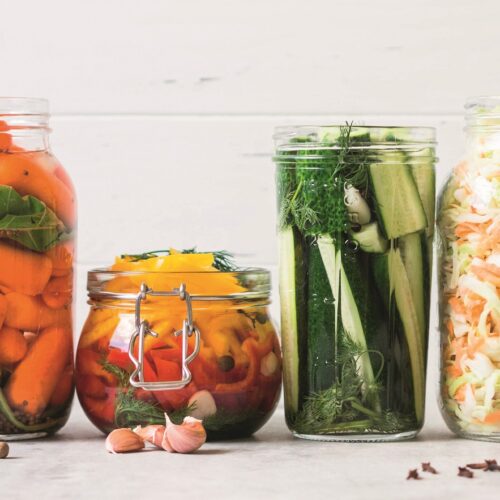
Parents and children around the world are becoming experts at working and schooling from home. Healthy Food Guide has brought together some great home-schooling tips and online resources, to help you if you’re facing another lockdown.
In most situations, teachers will supply your child with work to do and will be available via email to assist or give feedback, so you won’t have to completely take on the role of school teacher, while trying to juggle your own work demands.
What you may need to do, however, is support your child in their learning by creating a space they can do it in and by helping them adjust to the new situation. Here are five simple ways to make that happen:
1. Get a routine going early on
This doesn’t have to mean everyone is up a 7am sharp, dressed, fed and ready to start six hours of schoolwork. A flexible approach to the day will cause everyone fewer headaches. But do try to go for some continuity over the week. When kids are learning at home, they don’t need to do the regular six hours of schooling a day. For younger ones it might be between one and three hours, while some year 12 and 13 teenagers may need anywhere up to seven hours complete all their work (homework and study included). Most schools will offer some guidance on this. Let the kids get up and start their work in their pyjamas, if they want to. As long as they work consistently, what they’re wearing doesn’t really matter. And if they want to take breaks and play or chat to friends online between subjects, that’s fine. They have an entire day, rather than the usual six-hour window, to complete their tasks. If you have more kids than computers, make a roster so computer access is fairly distributed
2. Create a workspace
This will be easier for some people than others, but it really is important your child has a dedicated space they can work at. This might mean having them take over the kitchen table every day or putting a desk in their room. If you’re lucky enough to have space spare, where you can set up a desk or table, that’s ideal. That way kids can leave their work undisturbed and come back to it as needed. Help your kids work out what supplies they’ll need and bring them to, or keep them at, the workspace, so they don’t need to keep getting up and down to fetch things. Letting them decorate their workspace is a great activity to keep kids amused for a while and will make them more likely to want to use it
3. Pick your battles wisely
There’s no point fighting about small stuff. You’ll be in close quarters for four or more weeks and everyone will feel a range of emotions over that time. It’s better if you make a decision to give each other space and respect right from the start. If you feel frustrated, you’re still allowed to go outside for a walk to clear your head, as long as it’s solitary one
4. Burn off some energy outside
If you can, set a time each day to head outdoors with your kids and play a game together in your yard. Break out the cricket set for bat down or set up a mini soccer pitch for a bit of competitive fun. If you don’t have a garden big enough for games, it’s still okay to go for a walk, run or bike ride outside. Just stick to areas where there aren’t many people and keep your distance from anyone else who might be out. Playing together is good for everyone’s mental health and will help calm any frazzled nerves. Plus, with a bit of physical energy burned it’ll be easier for everyone to focus on their work. And the vitamin D is good for everyone’s immune systems
5. The teaching power of cooking
This is a win for you and the kids. Cooking and baking are great ways to learn maths and science and practise reading and following instructions. Measurements, proportions, scaling a recipe up or down, and timing require essential maths skills. Chemical reactions for baking and cooking, energy for heating and boiling, and nutrition are all examples of applied science. And being able to read and demonstrate you understand a recipe is reading and comprehension. Plus, you all get something nice to eat at the end as a reward for your hard work. That ticks all the boxes for the perfect lesson.
Handy resources for teaching kids at home
One for the artists
Kahn’s Kolors is a lesson plan by Crayola about experimenting with colour. You can adapt this to use whatever art supplies you have at home.
Fun for geographers
Use Google Earth to explore the planet from your living room. Get the kids to find the tallest mountains or longest rivers to get them started, then see where it takes them.
For the budding Attenboroughs
Animal-loving children and parents alike can enjoy hours observing animal behaviour on live cams at the San Diego Zoo. Just pick you favourite animal and watch their antics in real-time.
Article sources and references
- 25 Best Websites for Teachers. Scholastichttps://www.scholastic.com/teachers/articles/teaching-content/25-best-websites-teachers/
- How do I homeschoolhttps://howdoihomeschool.com/2018/08/07/homeschool-hours-per-day-2/
- Homeschooling NZhttps://homeschoolingnz.org/
- The NZ Curriculum Onlinehttp://nzcurriculum.tki.org.nz/
www.healthyfood.com










